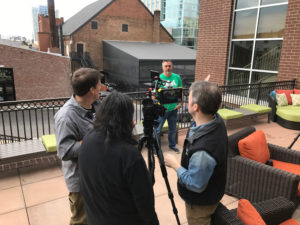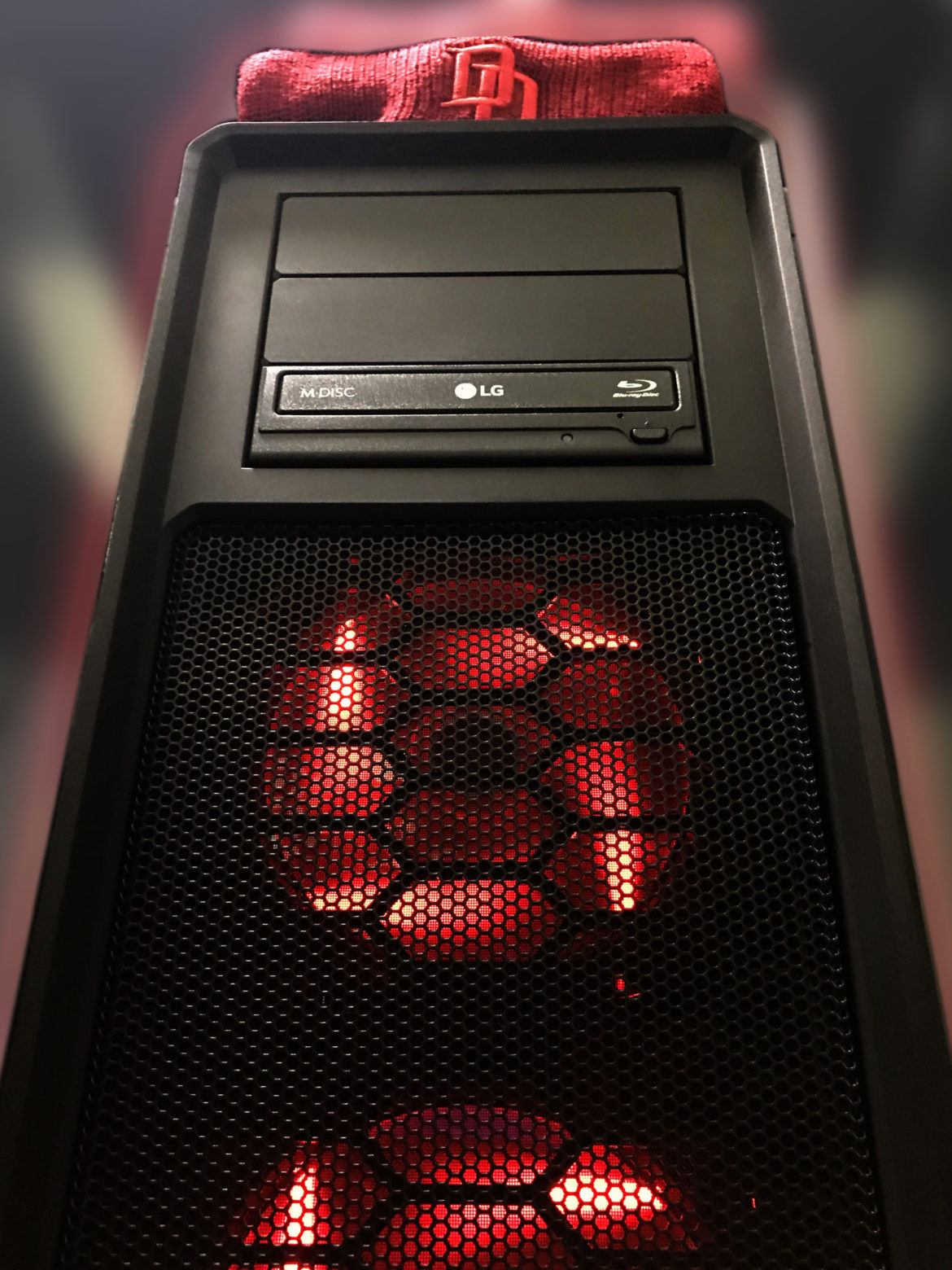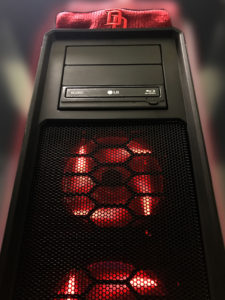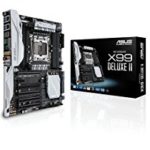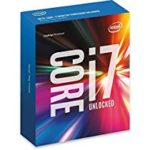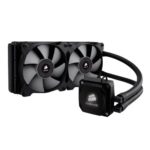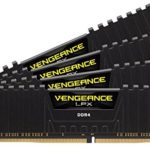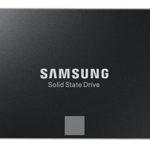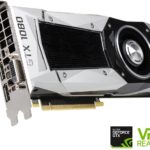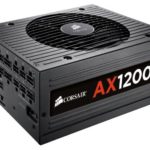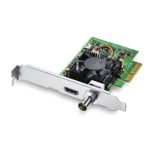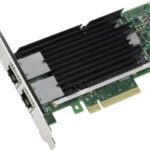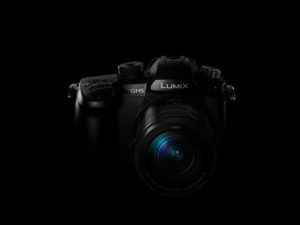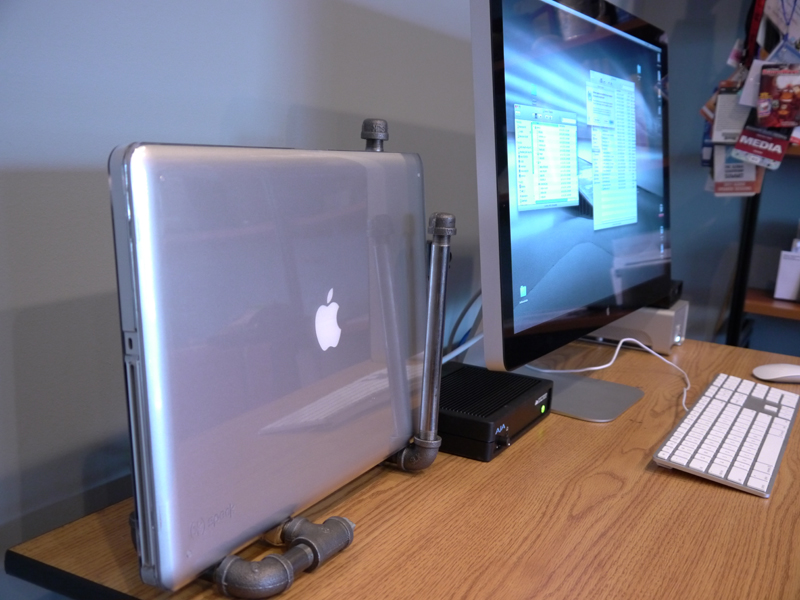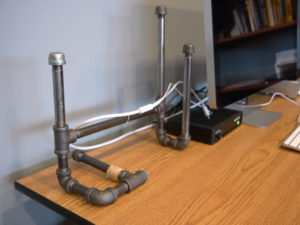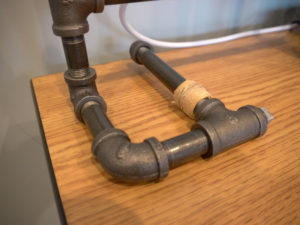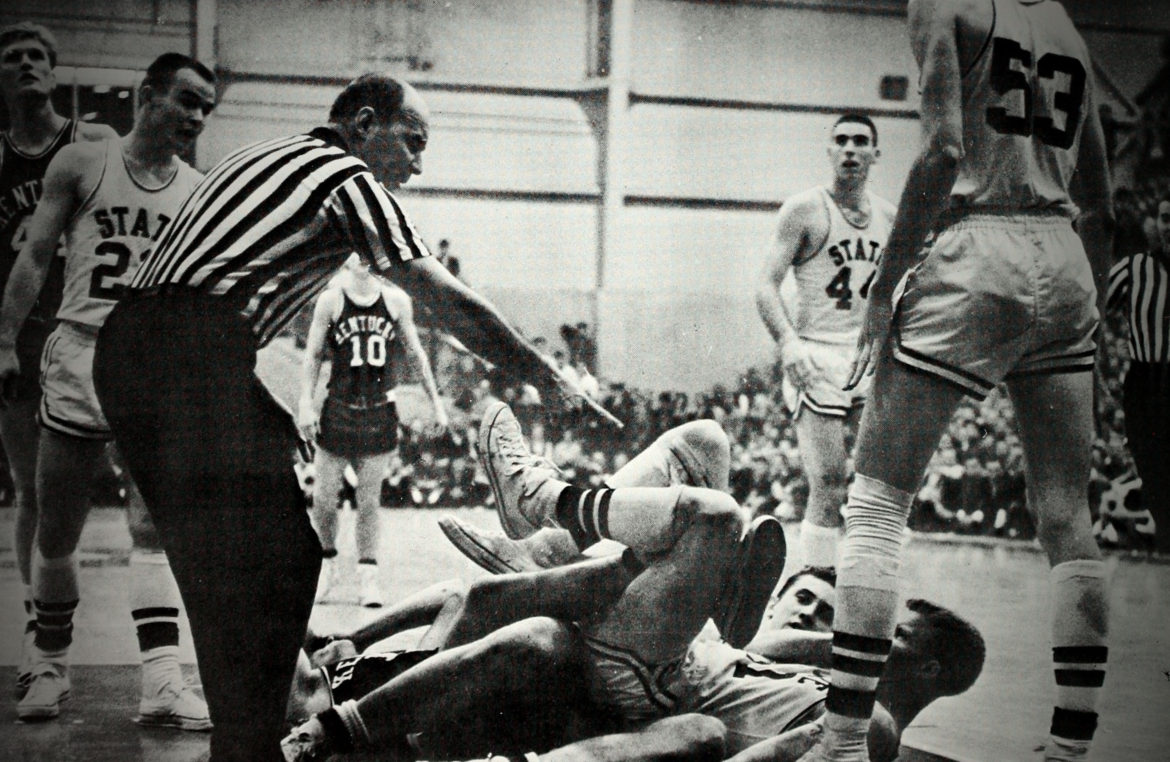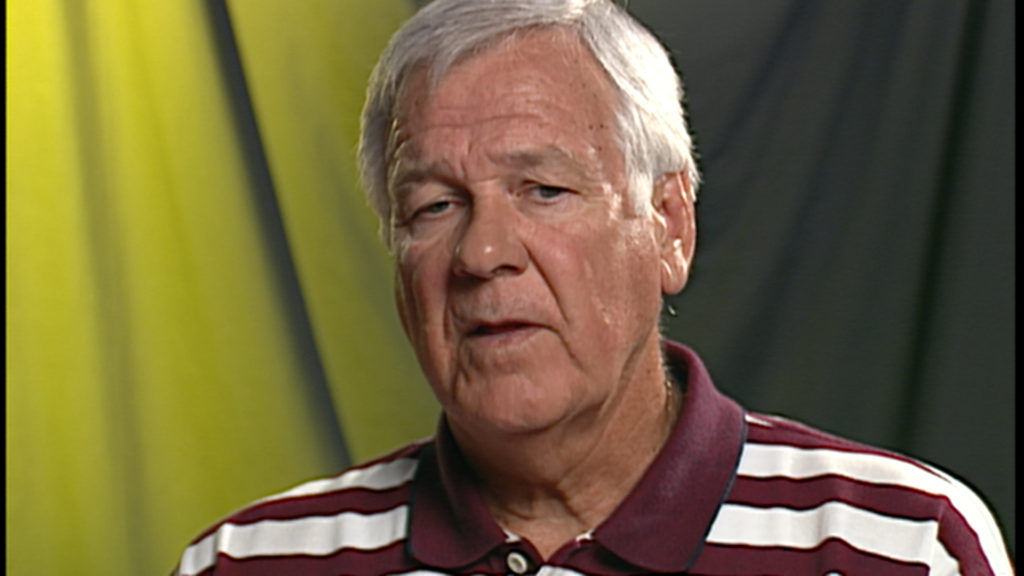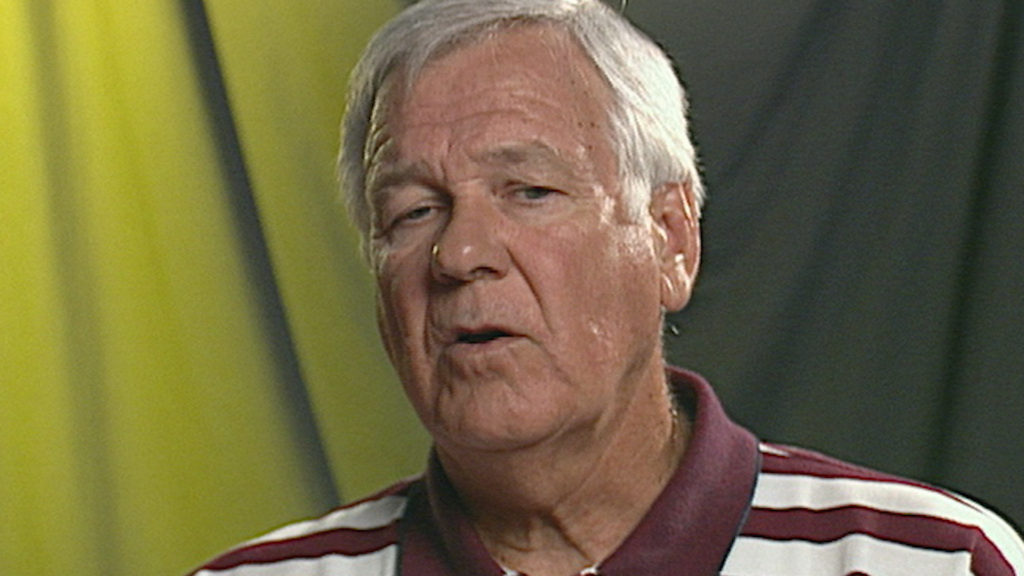(Above: Quick footage shot with the Panasonic GH5 using Natural profile and no color correction or tripod.)
The Panasonic GH5 is a worthy successor to the venerable GH4 and the best sub $3000 HDSLR-esque camera on the market. I prefer the images out of it to my Sony A7S2 and plan on moving from Sony to multi GH5’s. The GH5 appears to be closer to the look from our Canon C300 Mark II than any of the Sony units we own.
Blah blah blah. Insert technical specs here. Blah blah blah. Insert pixel peeping comment here. Blah blah blah. Insert gratuitous “Panasonic rocks” comment here in hope of getting their attention and a loaner for the GH6. Done.
As of this writing, I’ve shot with the GH5 for a little over a week. It’s a great camera and I’m ready to sell my Sony A7SII and A6500 and roll with the GH5.
What stands out to me about the Panasonic GH5 is:
The 10bit internal recording capability pairs nicely with the sensor and makes this camera’s footage appear sharp and lush in post.
The 5 axis image stabilization is fabulous and blows away any other in-camera stabilization and rivals a small handheld gimbal. We have a Came-TV Optimus and I can mimic those results with just the GH5 handheld. It still doesn’t touch my MoVI M10 when it’s properly balanced and rigged.
The ability to have a waveform and vectorscope on the viewfinder is amazing. My Sony FS-5 doesn’t have either.
The full size HDMI out is great and alleviates one of my big concern of the A7SII- the micro HDMI port.
The ability to record internally, have an image on the viewfinder/LCD AND record 4k externally is huge and can’t be understated. Both the Sony A7SII and FS-5 are hobbled by allowing only 1 viewpoint- either the built LCD OR an external device.
The dual SD card slots and NO time limit on recording really pushes this toward the pro video space.
What I don’t like:
The crop factor STINKS. I know you can buy a Metabones Speedbooster to reduce the 2X crop. I know. But I LOVE the full frame look of the A7SII. Especially with a wide zoom, like my Canon 16-35L. The micro 4/3rds format just can’t match that.
The low light is not that great. It’s a lot cleaner than the GH4, but can’t hold a candle to the A7SII. One of my clients is an industrial (steel) mill, and I don’t think I would get the same quality low light footage from the GH5 as I do the A7SII in that environment.
The color cast does trend a bit toward yellow, especially with CineV. We are shooting a project tomorrow in CineD to see how that fares.
Premiere Pro CC 2017 on a Mac has a hard time with the MOV UHD 10bit 4:2:2 files. I tried it on a 2013 6 Core MacPro with dual D500 and got stalls and a crash or two. It plays much better in our custom built PC suites with an Nvidia 1080 card.
I have- and do own- a lot of cameras. The GH5 is toward the top of the list right now. My order, based on what I have in shop, of which camera I would reach for is:
Canon C300 Mark II
Panasonic GH5
Sony A7SII
Sony FS5
Canon C300 Mark I
Sony A6500
Canon 5D Mark III
AJA Cion
My value for the money order:
Panasonic GH5
Sony A6500
Sony A7SII
Sony FS5
Canon 5D Mark III
Canon C300 Mark I
Canon C300 Mark II
AJA Cion
I think about what if my shop burned down tomorrow, how would I repopulate my gear. Right now I would buy 3 GH-5s and 1 Canon C300 Mark II (hopefully at a post NAB discount).
Each camera has it advantages and disadvantages and NO camera is perfect. They are all pretty good, especially compared to my old Sony 637/PVV-3 combo. What an interesting time we live in.

